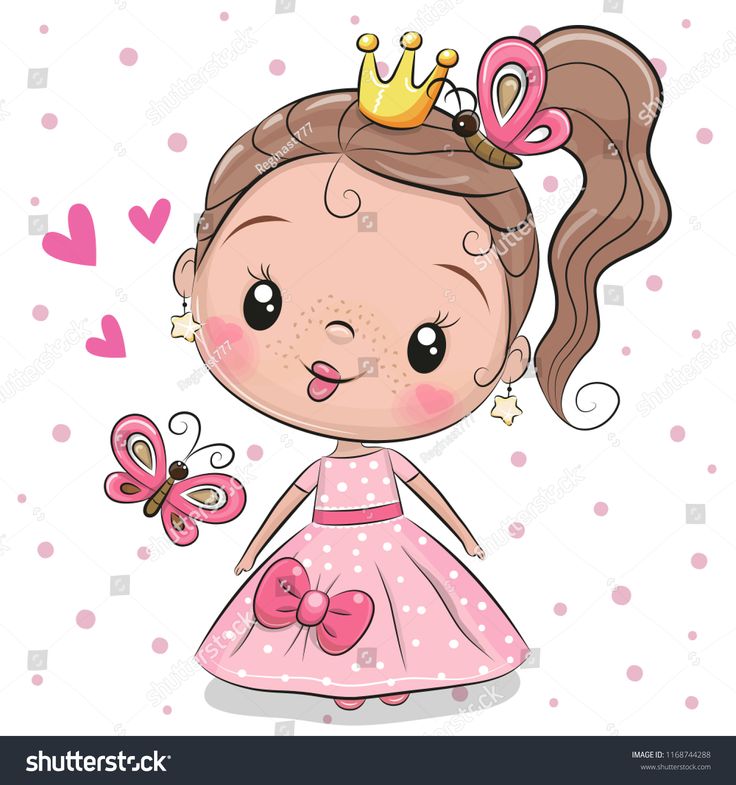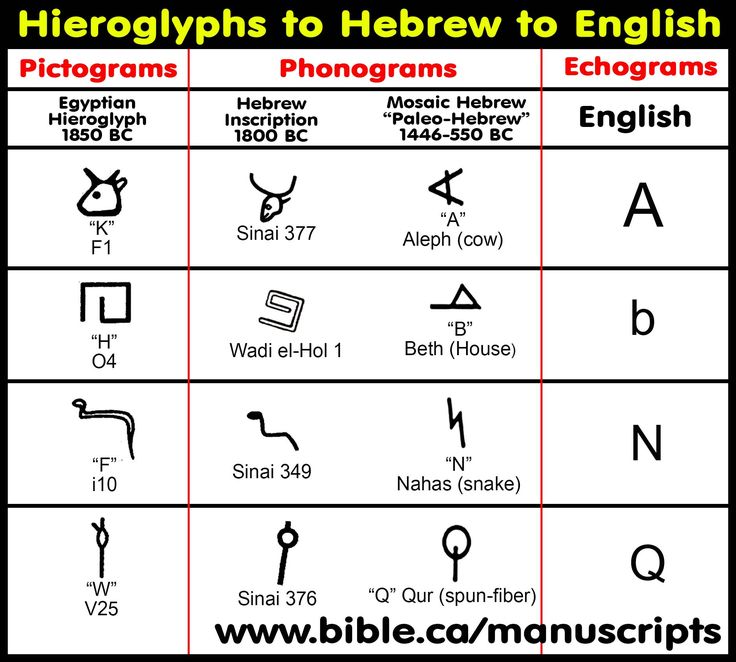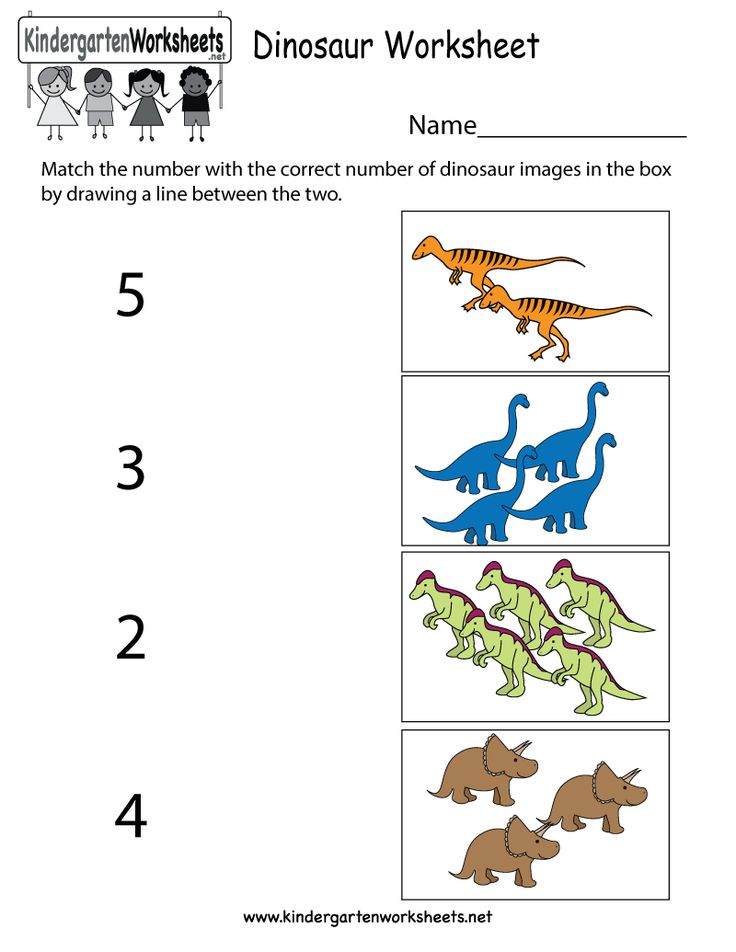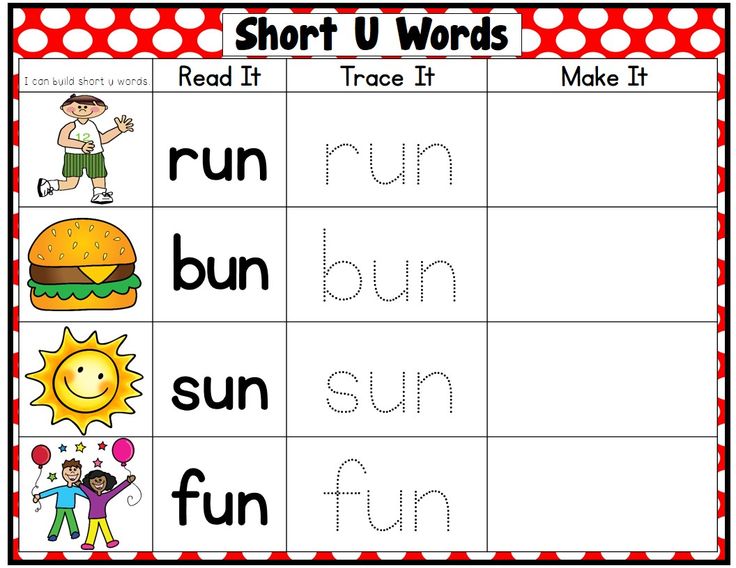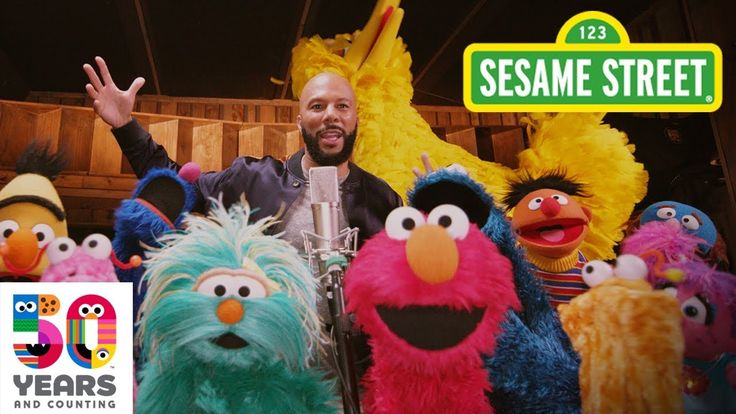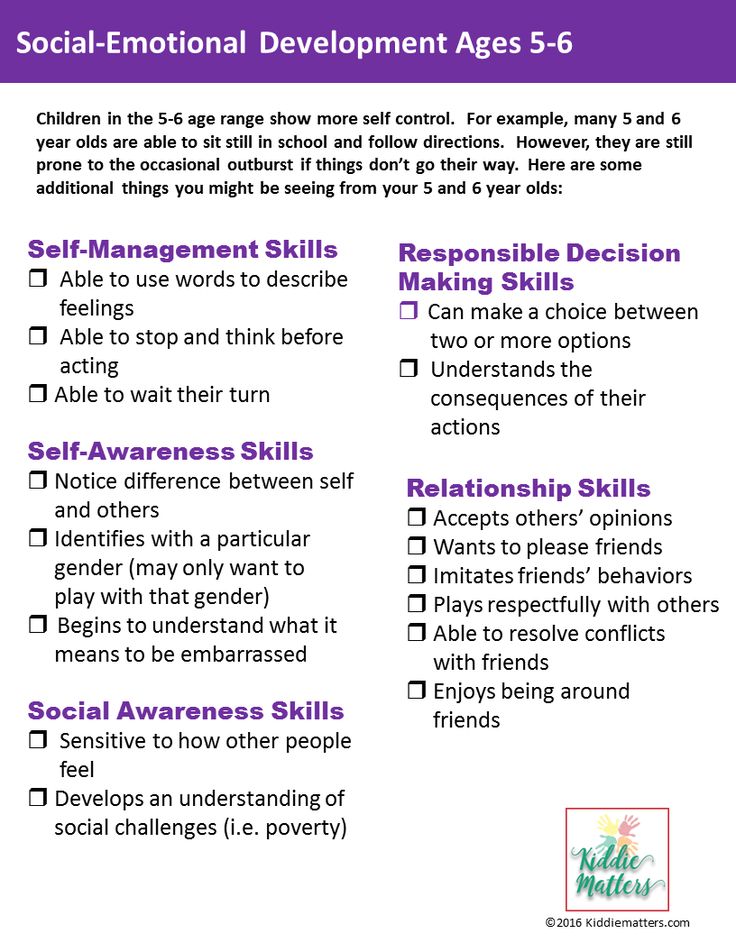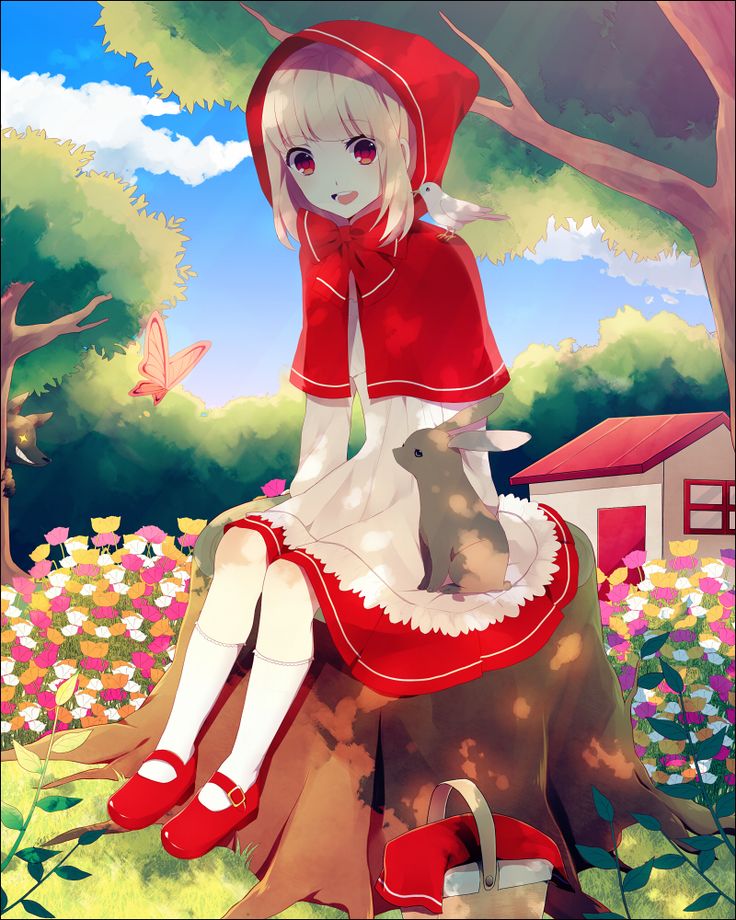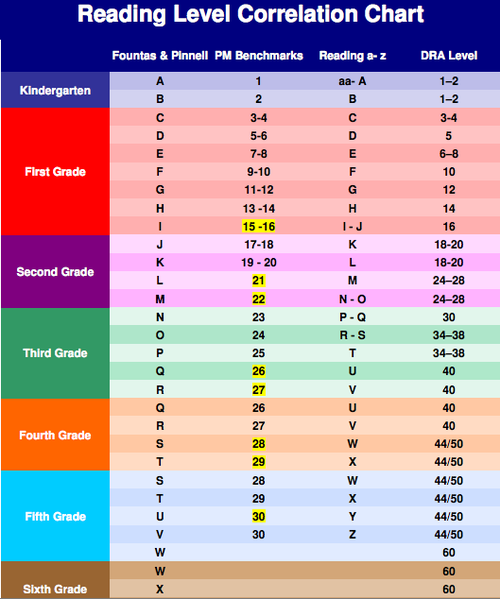Shapes and color activities for toddlers
70+ Shape and Color Activities for Toddlers Preschool and Kindergarten
Table of Contents
Shape and color activities for toddlers and for kids are one of my absolute favorite activities to bring forth!
They are just so much fun and filled with learning fun!
Learning about new colors each day can be really fun!
You can literally create shapes out of colored paper and call it a day!
Neat, right?
Related: Looking for
Fine Motor Skills Activities? These are our favorite!
I wanted to include a big list for you to go by if you ever were interested in the best way to bring forth fun and engaging colorful activities that also may incorporate shape learning as well!
Of course, some of these activities will only be about primary colors, color mixing, different colors and others will only be about shapes but some will definitely include both simultaneously.
Shapes and Color recognition are a wonderful lesson that can even be included in different themes throughout the year.
For example, around Valentines Day we love to learn about the colors red, pink, white and talk about the shape of a heart.
We may even include a bit of sensory play to create a fun color activity that is hands-on for young children.
Add some colorful pom poms into sensory bottles or a sensory bin to create a fun activity for your preschool classroom.
On Christmas Day, instead of working on all the colors of the rainbow, we like to include the colors green, red and gold and talk about the star shape!
Easy activities that incorporate creative ways to go about different seasons and themed activities make learning about color objects a lot of fun.
There are many fun ways to get creative with learning about shapes and colors throughout the different seasons of the year.
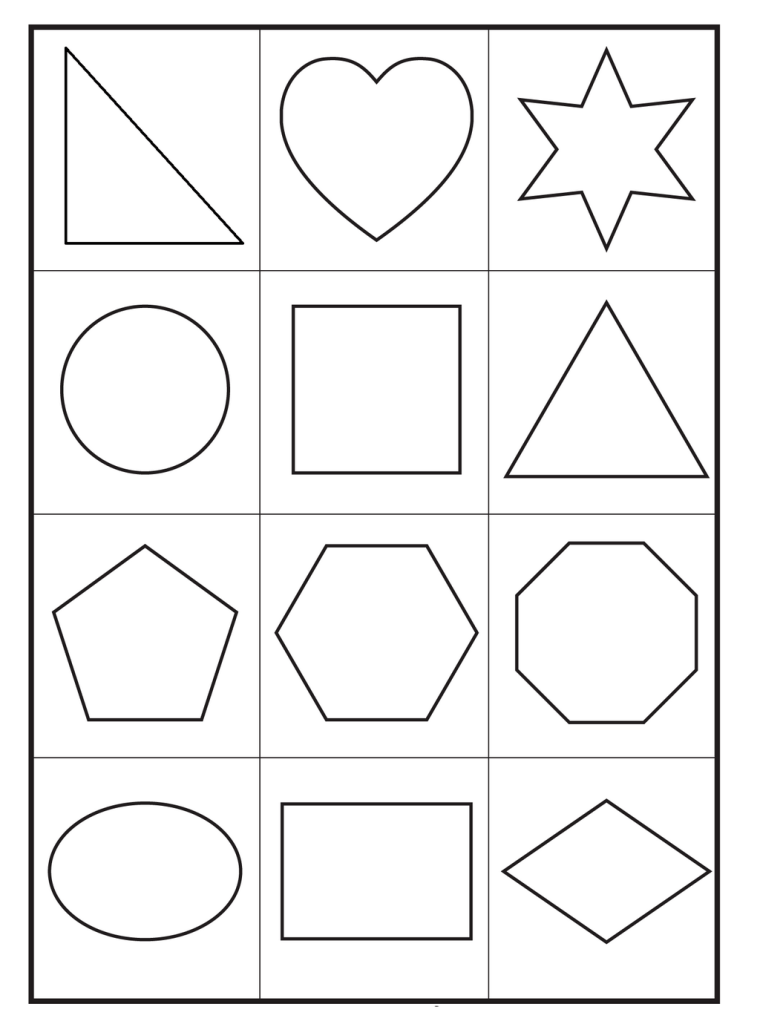
Get this Toddlers Colors Printable Free with Preschool Themes
I’ll be sharing below color and shape ideas in the following order:
Color Activities for Toddlers
Preschool Color Activities
Color Activities for Kindergarten
Shape Activities for Toddlers
Preschool Shape Activities
Shape Activities for Kindergarten
And, you will see some shape activities in the color category – colorful shapes.
You may also see color activities in the shapes category – shapes and colors.
Matching Color Activities and More (Tap Below)
How do you make learning colors fun?
Learning colors doesn’t have to be done with only a simple worksheet.
You can make color learning fun with simple play to learn activities!
The basic question asked often is, “How to teach a two year old colors?”
There are two learning colors games for toddlers I want to talk about right now:
Color learning for kids can look something like filling a bin up with a small amount of water and adding a bit of food coloring into it.
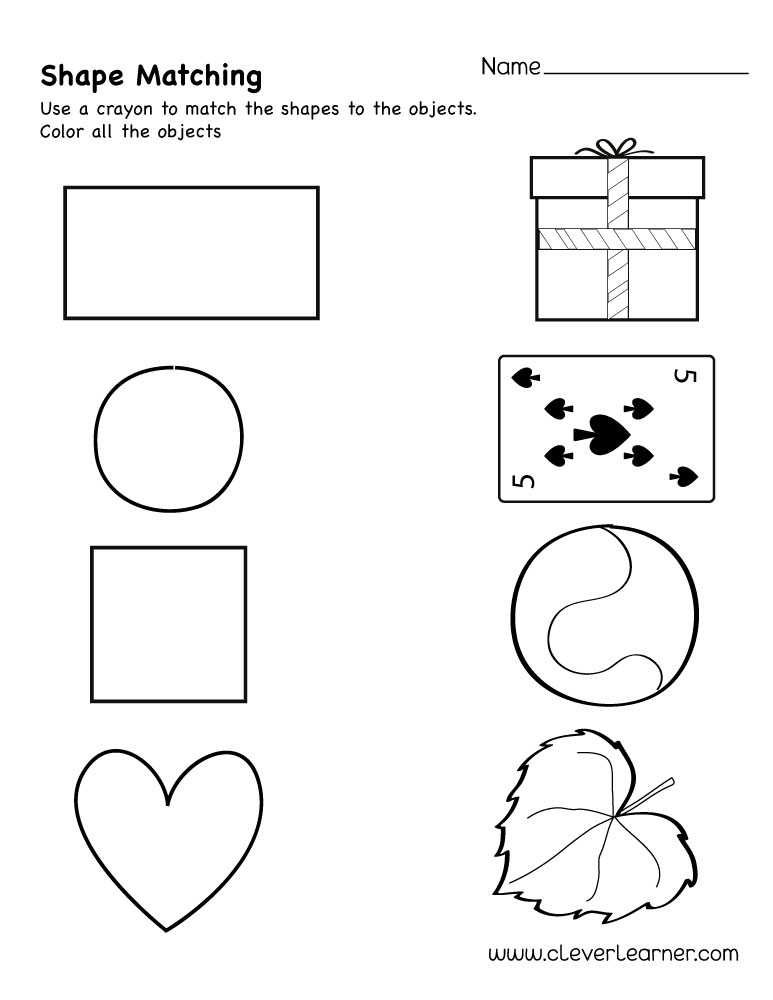
A toddler learning colors can play with the water and you can talk about that color you added in.
Not only is the toddler learning about the colors, they are playing while learning.
Kids painting games are also a fun way to learn about colors.
Painting games for kids can look like painting your hand in the color green and then stamping it onto a paper.
This is a very simple way on how to teach colors to little ones because it is fun, easy and effective.
When do toddlers learn colors?
Toddlers are learning about the world around them every single day.
Colors are everywhere and most children are able to see them and so if you point at something and show them the colors they will absorb that knowledge and in turn grow learning what you are teaching them! 🙂
Every child is different but toddlers are learning everyday and colors is one of those categories they are learning about.
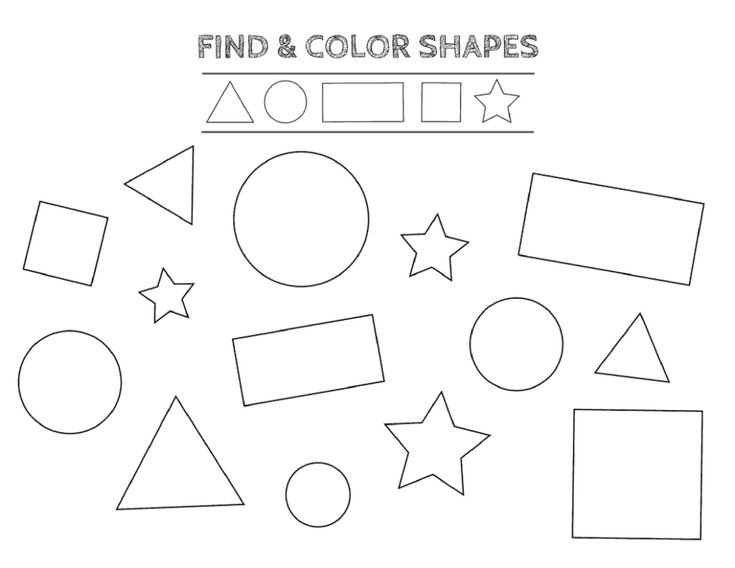 🙂
🙂
Color activities for preschoolers
Here are some fun ideas we have tried that incorporated preschool color activities:
Rainbow Fish Craft
Leak Proof Bag Color Matching Activity
Paper Plate Jellyfish
Ice Cream Craft with Cotton Pads
A lot of these toddler colors game activities were so much fun and not only about colors. They were playing, creating and learning as well!
Related: For even more simple color activities, check out these awesome sensory activities!
How do I teach my 5 year old colors?
Color activities for kindergarten can be easily brought forth with a few manipulatives. Here are some of our past ideas that we have done that helped my littles learn about colors:
Kindergarten Busy Book
Color Matching Activity
DIY Sidewalk Chalk Paint
Kindergarteners are also learning to write.

They can practice writing the color names in the same color of that color name.
How do we celebrate Colour day?
I didn’t even know color day was a thing! 😀
What a fun way to incorporate a rainbow of colors on a specific day of the year!
If you are wanting to celebrate color day, a great way to bring forth learning colours for kids is to set up easy and effective activities to learn colors.
Learning the colours of the different flags of the world, or games on colours such as board games or interactive games are other fun ways to learn about colors in a group setting.
Learning color for kids can be fun!
With the right direction and guidance, you will be learning colors in a fun way!
What color should I teach first?
There is no right or wrong way to teach colors.
A fun way to teach colors is by seasons.
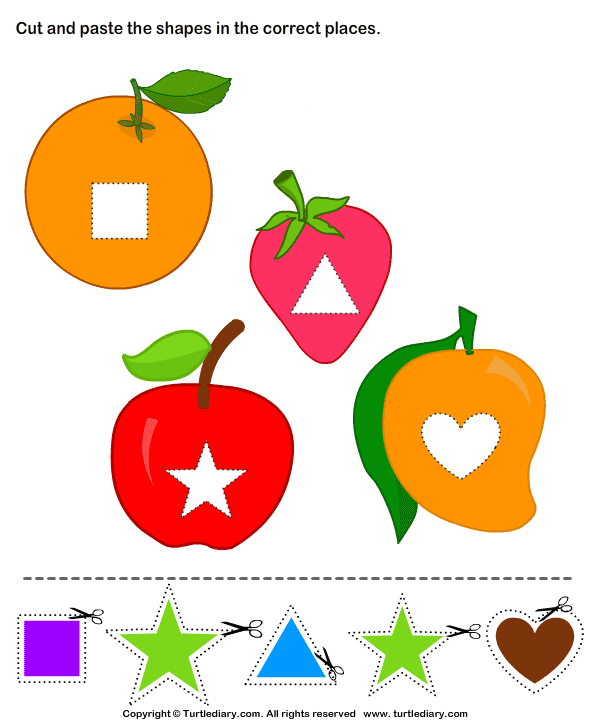
For example, next time that it is St. Patrick’s Day, you may want to bring forth fun activities that involve the holiday.
The colors green and gold come to mind and this can be a wonderful time to teach about green and gold.
Sticker sorting is a great opportunity to learn the names of the colors and rainbow colors on stickers for the preschool years!
Add a sheet of paper next to the sticker activity to write out the color name and practice learning colors.
Related: Looking for a fun toddler color sort printable? This one is SO much fun!
How do I learn colors?
I will be sharing a list below of different methods on how you can teach and/or learn colors!
Learning colors activities can be fun and doesn’t have to be boring!
With a little help and direction from this post, you will be learning and teaching about colours in a fun way in no time!
Some ideas on color games are:
use colorful lego pieces to learn about the concept of colors
use this brown bear free booklet to learn about colors!
point to the different colors in children’s books
create a fun game of pointing to the different color at the grocery store
point to all of the yellow cars one day and then on a different day point to a different colored car.
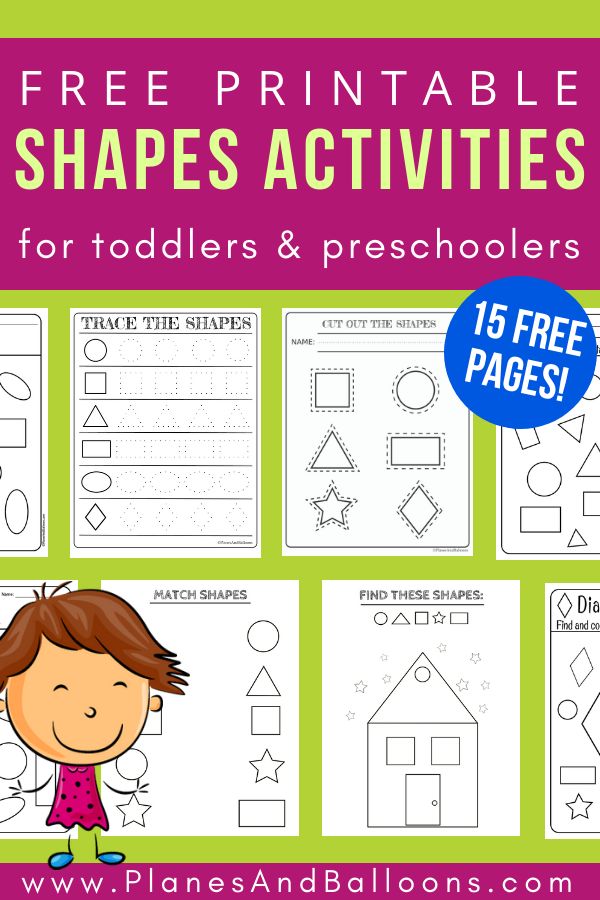
use ice cube trays to create colorful ice cubes held on by popsicle sticks.
Related: Looking for shape worksheets for kindergarten? Check out our Kindergarten Busy Book!
How do you introduce shapes to preschoolers?
Learning about shapes is so much fun!
Some ideas on how you can teach about shapes are:
By introducing fun hands on activities
Matching shapes activities
Shape art lesson
Kids shapes learning by bringing forth a sensory bin
Games of shapes or games with shapes
Shapes in nature lesson plan
Shape books for preschool
Group activities for preschoolers about learning shapes
Making shapes with pipe cleaners
These are just some of many ways you can teach about shapes to preschoolers! 🙂
How do preschoolers teach colors and shapes?
Preschoolers can learn about colors and shapes by learning through a fun shapes to learn activity.

For example: We tried this shape activity that was oodles of fun!
You only need two items: a poster board and construction paper.
Not only did my preschooler learn about shapes, but she also learned about colors too!
What are good activities for preschoolers?
A question I see often is, “How to introduce shapes to preschoolers?”
There are many fun ways you can teach about shapes to preschoolers.
I like to keep it simple like our construction paper poster board shape matching activity!
If you are interested in a preschool busy book, our busy book includes a shape matching page that will also teach your little about shapes in a fun way!
It is a wonderful busy book that can be taken on the go and it is one of our most popular items.
Check out our Preschool Activity Binder!
How do you introduce square shapes to preschoolers?
You can bring forth a fun set of shape crafts for preschool.
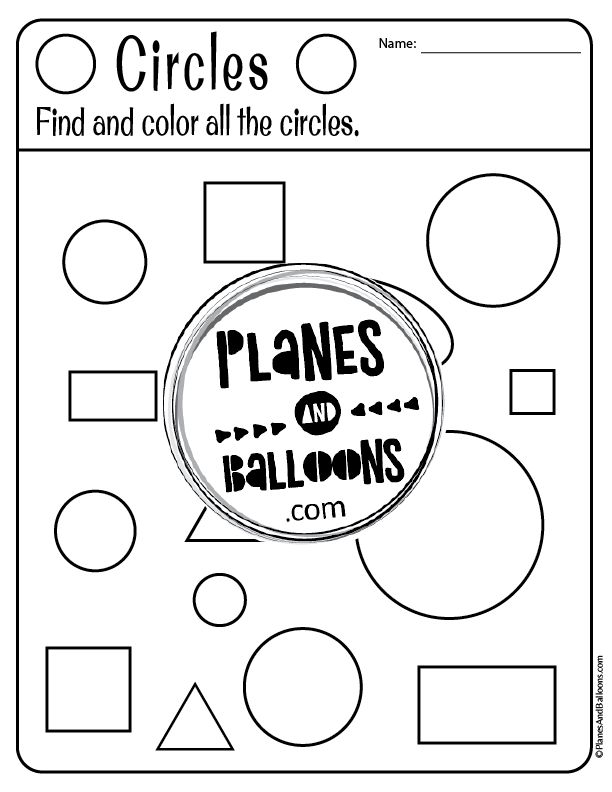
For example, Cut out different square shapes from construction paper and talk about the different square sizes and the square shape!
Elaborate on how the square has four sides.
Another fun way to talk about the square shape is to try stick shapes.
Grab four popsicle sticks and create a square using four craft sticks!
What other fun shape ideas can you think of incorporating to learn about the square shape?
What shapes should preschoolers know?
I like to bring forth the four basic shapes first:
Circle
Square
Triangle
Rectangle
These are the first four that we learn in our home and then we work on any other shapes once these have been mastered.
What about you? Is there a specific set of shapes you like to go by first? Leave me a comment below letting me know!
Related: Looking for Toddlers lesson plans, check out our Toddler Busy Book!
70+ Shape Activities for Toddlers, Preschool and Kindergarten
Color Activities for Toddlers
Fine Motor Color Sorting Activity – Active Littles
Color Matching Caterpillar – Fantastic Fun and Learning
Pom Pom Color Tray – Busy Toddler
Paper Roll Color Match Activity – Busy Toddler
Heart Color Hunt – Toddler Approved
Learning Colors with Rainbow Bears – Simple Fun for Kids
Gross Motor Color Game – Simple Fun for Kids
Colors Busy Bag – The Chaos and the Clutter
Color Matching Lid Drop Toddler Activity – Raising Dragons
Easy DIY Color Activity – Active Littles
Rainbow Rice DIY – Active Littles
Water Play Color Activity – Active Littles
Monster Color Match Activity – Active Littles
Color Activities for Preschool
Squishy Bag Color Activity + Free Printable – Active Littles
Easy Color Matching Fish Activity – Active Littles
Simple Feather Color Matching Activity – Active Littles
Color Sorting Sensory Bin – The Resourceful Mama
Colorful Pre-Writing Activity – Days with Grey
An easy way to get Preschoolers to learn colors – Coffee Cups and Crayons
Paint Chip Color Matching – Play Teach Repeat
Muffin Tin Color Sort – Happy Toddler Playtime
Color Play on Mirror – Little Bins for Little Hands
Toilet Paper Crayons – The Best Ideas for Kids
Color and Texture Sensory Bag – Active Littles
Color Match Ice Cream Cone – Active Littles
Color Activities for Kindergarten
Pumpkin Seed Art – Fun a Day
Duplo Color Match – Happy Tot Shelf
Color Hunt – Raising Dragons
Playful Way to Learn about Colors – Little Pine Learners
Watercolor Painted Seashells – Hello Wonderful
Exploring Colors with Baking Soda and Water – Buggy and Buddy
Color Matching Activity – Active Littles
Color Match Leak Proof Bag – Active Littles
Pipe Cleaner Color Matching Activity – Active Littles
Teaching Colors Printable – Active Littles
Ice Cream Color Activity – Active Littles
Gold Playdough using Watercolors – Active Littles
Shape Activities for Toddlers
Play to Learn Shape Cards – Active Littles
Sponge Shape Paint Activity – Active Littles
Easy Shape Sorting Activity – Active Littles
Triangle Activity for Toddlers – Teaching 2 and 3 Year Olds
Shape, Hop, Toss Shape Gross Motor Play – Learn Play Imagine
Giant Shapes Puzzle – Play Teach Repeat
Shape Sorting Suncatcher – Happy Tot Shelf
Matching Shapes – Raising Dragons
Sticker Shapes – Busy Toddler
Sorting Shapes Sensory Bin – Learning 4 Kids
Shapes Parking Lot – Happy Toddler Playtime
Shape Activities for Preschool
Shape Printable Activities Freebie (Preschool Shape Worksheets) – Active Littles
Simple Color and Shape Cardboard Activity – Active Littles
DIY Shape Sensory Bags + Free Printable – Active Littles
Post it Notes Shape Puzzles – Happily Ever Mom
Shape Match Preschool Game – Days with Grey
Shape Art – Busy Toddler
Making Crayon Shapes – Toddler Approved
Exploring Shape Symmetry – No Time for Flashcards
3D Wooden Puzzles – Rhythms of Play
Sticky Tape Shapes – Happy Toddler Playtime
DIY Shape Threading Fine Motor Activity – Active Littles
Shape Activities for Kindergarten
Shape Matching Printable Freebie – Active Littles
Create Birds with Shapes – Fantastic Fun and Learning
Grape Shapes Activity – Coffee Cups and Crayons
Shape Rocks – Fun a Day
Mystery Shapes Build – Days with Grey
Shape Painting – Messy Little Monsters
Sand Shapes – Gift of Curiosity
Geometric Shapes Math Activity – Little Bins for Little Hands
Shapes Memory Game – Hello Wonderful
Shape Necklace – Buggy and Buddy
Straw Shapes – Raising Dragons
Floating Shape Dry Erase Marker Experiment – Active Littles
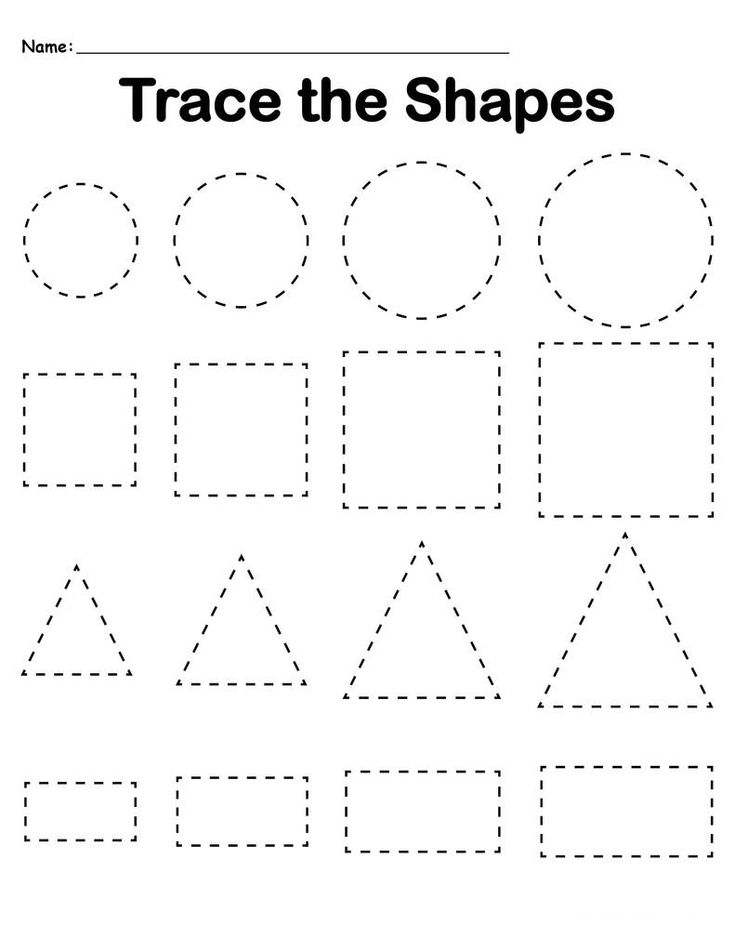
Shape and color activities - The Measured Mom
PSPKK1238 Comments
This post contains affiliate links. As an Amazon Associate I earn from qualifying purchases.
Sharing is caring!
Find a variety of hands-on shape and color activities in today’s post!
Colors and shapes are two of those things your child should know before he starts kindergarten. Thankfully, they’re fun to teach!
Even though I have taken a very laid-back approach to teaching my kids colors and shapes, my oldest four kids have learned them well by age 3 1/2. I’m doing the same sort of activities with my Two.
- We talk about shapes and colors as we go through our daily routine.
- We read books about colors and shapes.
- We play simple sorting games.
For a variety of fun, simple ways to teach colors and shapes, keep reading!
- Sort Froot Loops by color – I Can Teach My Child
- Sort toy food by color – This Little Home of Mine
- Do a color sorting sensory bin – I prefer to use stale cereal so my kids aren’t as tempted 😉 – The Resourceful Mama
- Print these free books about colors – and read them often.
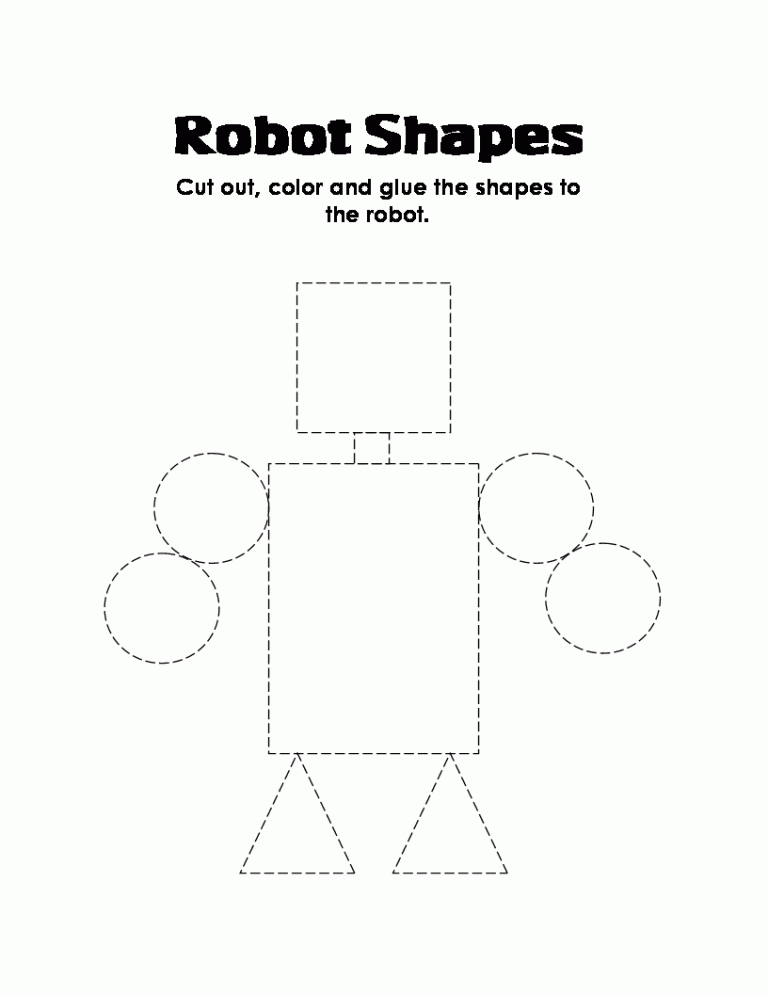 Repeat the color word when you name each object. (My Two loves these!)
Repeat the color word when you name each object. (My Two loves these!)
- Make a color sorting train – Mom Inspired Life
- Learn about colors with a free activity pack – This Reading Mama
- Do a colorful pom pom drop – Imagination Tree
- Do an outdoor color hunt with items from nature– No Time for Flashcards
- Sort counting bears with a free printable sorting mat
- Read books about colors – This Reading Mama
- Sort shapes from magazines – Mom Inspired Life
- Do an indoor shape hunt – Frugal Fun 4 Boys and Girls
- Make large shape outlines on the floor with washi tape and build on top of them – Learning 4 Kids
- Play shape games on the driveway – Mames Like Me
- Make an easy shape collage – Nurture Store
- Sort snacks by shape – Chieu Urban
- Play a roll and cover shape game – Playdough to Plato
- Make a shape book – Lovely Commotion
- Clip the matching shape
- Read books about shapes – Gift of Curiosity
I hope you’ve found some fun color and shape activities to try with your preschooler at home or in the classroom!
MEMBERS GET MORE
Free Math Printables for Pre-K-3rd Grade
Join our email list and get this sample pack of time-saving resources from our membership site! You'll get printables for counting, addition and subtraction, measuring, problem solving, and more!
Sharing is caring!
Filed Under: Colors, shapes & patterns, Math Tagged With: Pre-K, preschool, kindergarten, colors, shapes
You May Also Enjoy These Posts:
A strategy to help kids remember what they read
Vocabulary journal
Trackbacks
Learning colors: how to teach a child to distinguish colors and shades
It is generally accepted that by the age of three a child should learn to distinguish between primary colors.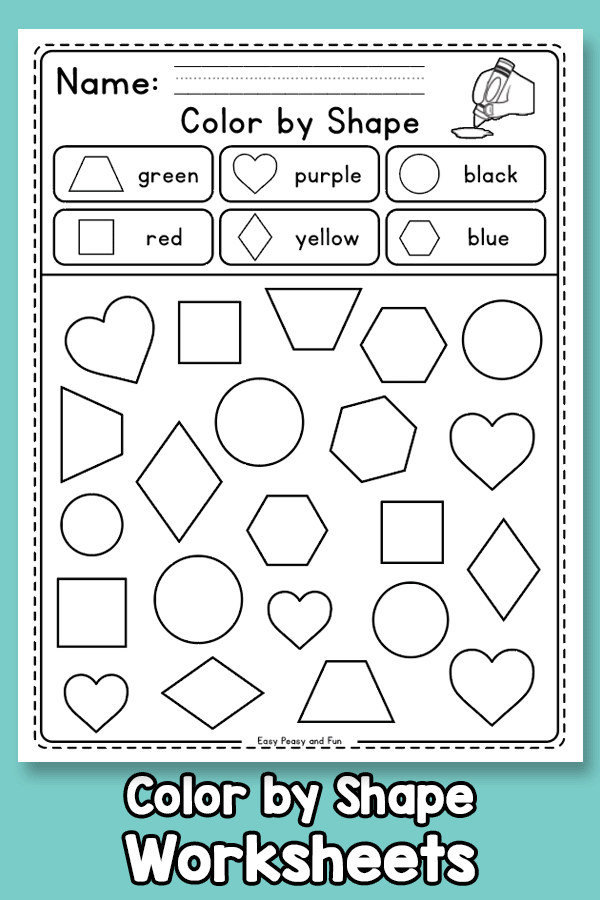 This skill is an important part of sensory development, it gives the child the opportunity to see the world in a new way. Often, if the baby does not know or confuse colors, parents have concerns about the pace of development of the child. Do I need to worry if the study of colors is not easy for a child? How to teach a child to distinguish colors? You will find answers to these questions in our article.
This skill is an important part of sensory development, it gives the child the opportunity to see the world in a new way. Often, if the baby does not know or confuse colors, parents have concerns about the pace of development of the child. Do I need to worry if the study of colors is not easy for a child? How to teach a child to distinguish colors? You will find answers to these questions in our article.
At what age does a child begin to see colors?
Studies have shown that children begin to perceive colors by 2-3 months. The first colors a child sees are yellow, orange, red, green. At this age, babies can already react differently to their toys of different colors (for example, a red rattle can please a child more than a blue one), look at bright pictures with enthusiasm. The baby's world quickly acquires colors, but if we talk about the ability to consciously find an object of the right color, then usually it appears in children at the age of one and a half. It is at this age that it is optimal to start learning colors in a playful way.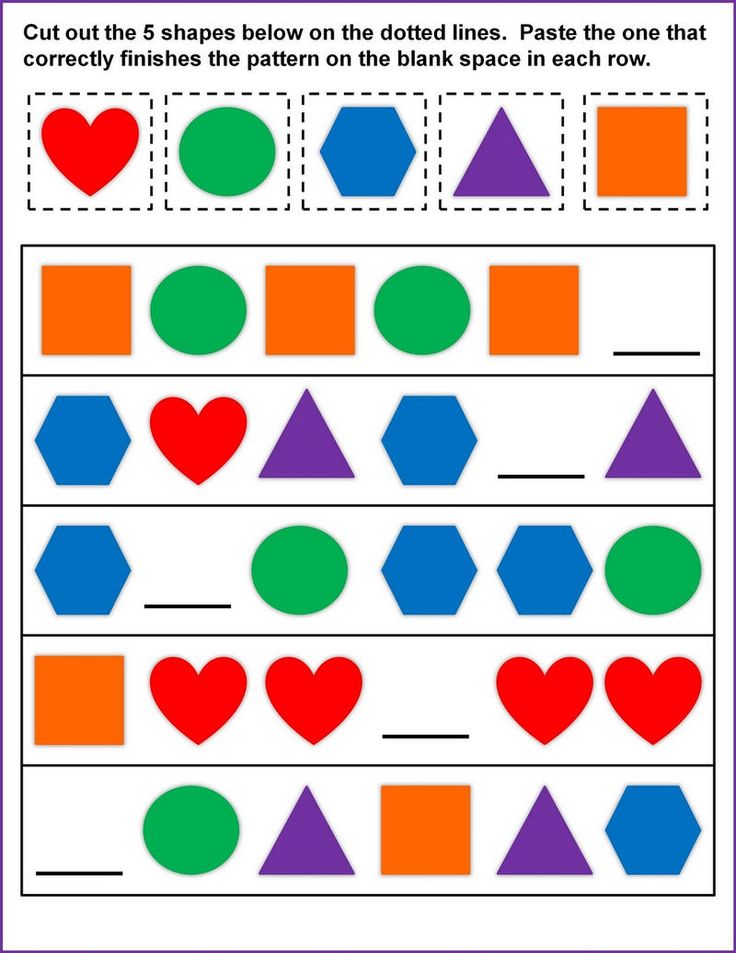 You can voice the names of flowers to a child for up to a year, this will only benefit him. But do not demand too much from the baby, remember that his brain is actively developing, and as soon as the time comes, you will certainly see the results.
You can voice the names of flowers to a child for up to a year, this will only benefit him. But do not demand too much from the baby, remember that his brain is actively developing, and as soon as the time comes, you will certainly see the results.
To see if your child is ready to learn colors by playing with building blocks, ask your child to point to a part that is the same color as yours. If the baby can find objects of the same color, then he is quite ready to memorize the names of colors.
Learning colors in everyday life
Children get most of their knowledge about the world in everyday life: communicating with adults and peers, observing nature, playing. The study of flowers is no exception. Sometimes a child does not need to do special exercises to learn to recognize colors. For this, it is enough that he hears the name of the color and associates it with a specific thing. During daily activities, voice for the child what color the objects are around.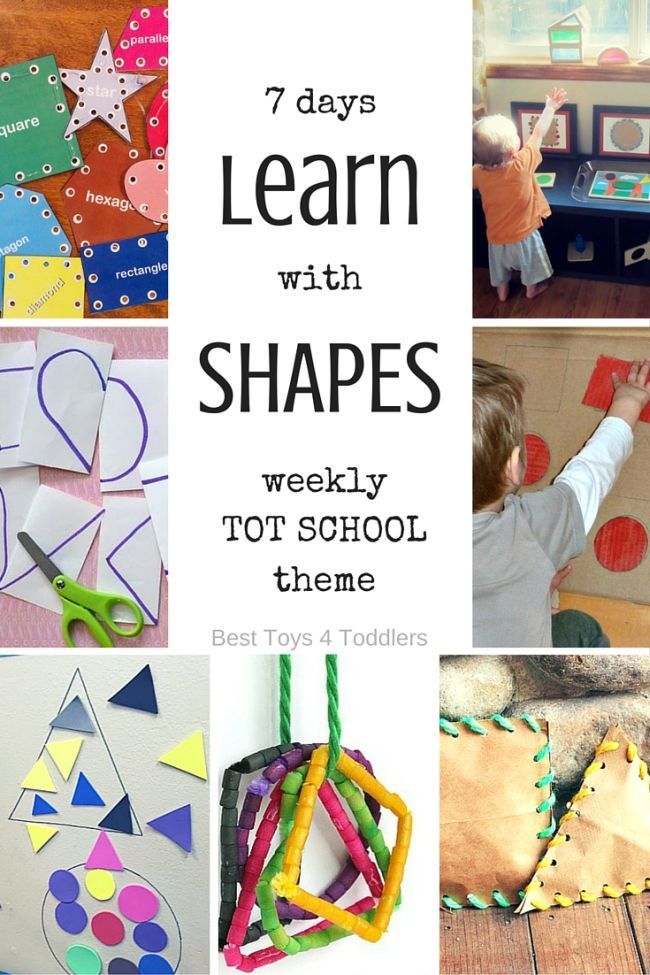 Whether you are drawing, playing with blocks, looking at cars in the yard, reading, swimming, eating, dressing - in each of these situations, you can gently teach your child to distinguish colors.
Whether you are drawing, playing with blocks, looking at cars in the yard, reading, swimming, eating, dressing - in each of these situations, you can gently teach your child to distinguish colors.
It is important that the study of colors does not turn into torture. You should not constantly test the child's knowledge by asking him which color is which. Soon the baby may just start to ignore you. “Let's paint the sun yellow!”, “What a delicious green cucumber!”, “Oh, where did the blue cube go? Here he is!" are examples of how you can gently help your child remember colors.
Games for learning colors and their shades
In order to get your baby interested in learning colors or to reinforce the knowledge they already have, you can offer your child to play special “color” games.
Color Sorting
Sorting games are designed to help children learn to group objects by color. Any materials at hand can be items for sorting: toys, covers, designer parts, cubes, buttons, cereals, pencils, etc. You can organize the game in various ways:
Any materials at hand can be items for sorting: toys, covers, designer parts, cubes, buttons, cereals, pencils, etc. You can organize the game in various ways:
You can come up with as many options for sorting by color, it all depends on your imagination. So that the child does not lose interest in the task, connect the plot of the game with his favorite characters, toys (for example, a cat will eat from a yellow bowl, and a baby elephant from a red one, etc.).
Match a Pair
Help your child learn colors with the Match a Pair series. Ask your child to find a petal for a bug, a pot for a flower, a roof for a house, etc. You can present the baby with a deliberately wrong option and ask to correct the mistakes.
Pick up a patch
Show the child the picture with the missing details. Ask him to fill in the gaps (this can be done with plasticine, pom-poms, caps, cards, etc.).
Color Lotto
At the age of about one year, children begin to be interested in various lottos. In the color lotto, the task is to collect pictures of the same color on the card.
In the color lotto, the task is to collect pictures of the same color on the card.
Colored Sensory Boxes
Create a sensory box for your baby where everything is the same color. During the game, the child will be able not only to remember the color that he sees, but also to develop fine motor skills, tactile sensitivity, thinking, and imagination.
Color days
This is one of the most interesting and popular ways to teach your child to distinguish colors. Its essence is that during the day (or several days) you draw the child's attention to objects of a certain color. For example, on a yellow day, you can dress in yellow clothes, play with yellow toys, draw a yellow chicken. Surrounded by one color, the baby will easily remember it.
Cards for learning colors
You can learn colors with your child using cards. With the help of Doman's "Colors" cards, you can introduce your baby not only to the main colors, but also to different shades.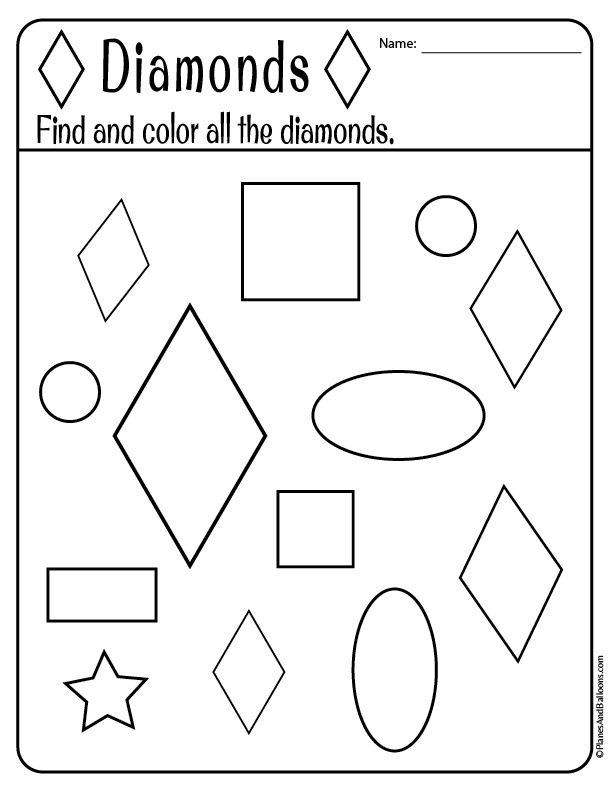 It is important not to overload the child with unnecessary information about the names of 10 shades of green or red. Learn only those shades whose names you can use in the game and life.
It is important not to overload the child with unnecessary information about the names of 10 shades of green or red. Learn only those shades whose names you can use in the game and life.
Board games for learning colors
Board games are a great way to learn about colors and consolidate knowledge about them. Currently, the stores offer a wide range of similar games for every taste and budget. Choose a game that suits your child.
Educational cartoons
There are many educational cartoons on the Internet that will help your child memorize colors quickly. Here is one of them:
Educational books
If your little one loves to listen to stories and look at pictures, this is the way for you. We all remember the wonderful story of V.G. Suteev "Rooster and paints", by S.Ya. Marshak has a whole “Colorful book”. You can also find many educational books that will become your faithful assistants.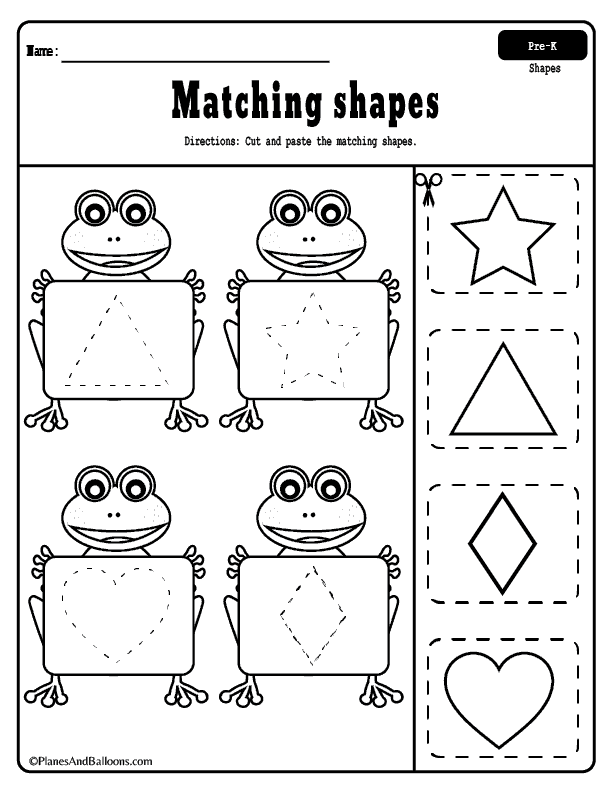
Conclusions
We have listed for you different color learning games. In order for a child to master the concept of color well, it is worth adhering to a number of principles: do not rush the baby, provide a variety of material for games, discuss what you see.
Conclusion
You can start studying colors from an early age, the main thing is that it is interesting for the child. It is impossible to specify clear age limits when a child should learn primary colors. This process, like all development, is individual for each baby. The Sozvezdie Development Center has created a Montessori environment for kids, aimed at the comprehensive development of the child. In the classes "Together with Mom" children in a playful way get acquainted with the concepts of color, shape and size, do thematic creative work. You can learn from our teachers how to interest a child in an activity and how to properly present him with cognitive information. Develop with us!
Prepared by a Montessori teacher
Sokolova Oksana
Formation of color perception and color discrimination in children of preschool age in the conditions of preschool educational institution
A preschooler, mastering the world around him, the culture of society, including color culture, must master certain color standards, that is, learn to see the world in all its diversity of color and systematize what he sees and what he acts with.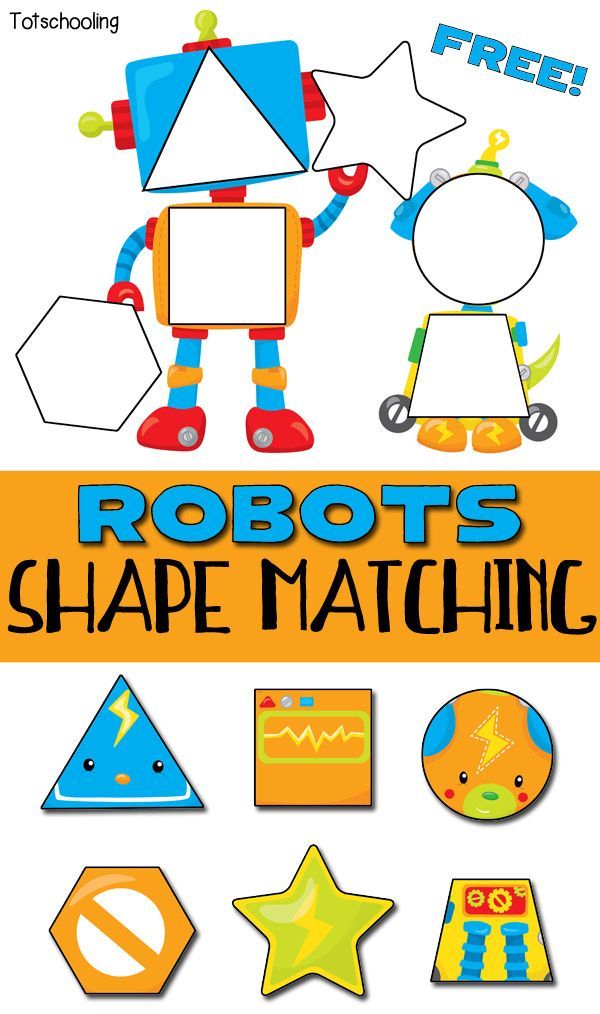
From the first days of life, the child receives colossal color information. But the world of color does not open immediately. In the first year of life, color is merged for the child with other characteristics of objects and is not distinguished by him as an independent, special property of the surrounding objective world. All this suggests that it is necessary to carry out special work with children to develop color perception and color discrimination. “A child,” in the words of K. D. Ushinsky, “thinks in colors, sounds, sensations in general.” It is important to enrich these sensations and perceptions.
Acquaintance with color helps to perceive objects and phenomena of the surrounding world more fully and more subtly, develops observation, thinking, and enriches speech. Attracting the child's attention to the surrounding reality opens up a source of vivid images for him, helps to establish cause-and-effect relationships between objects and phenomena, and expands the active vocabulary.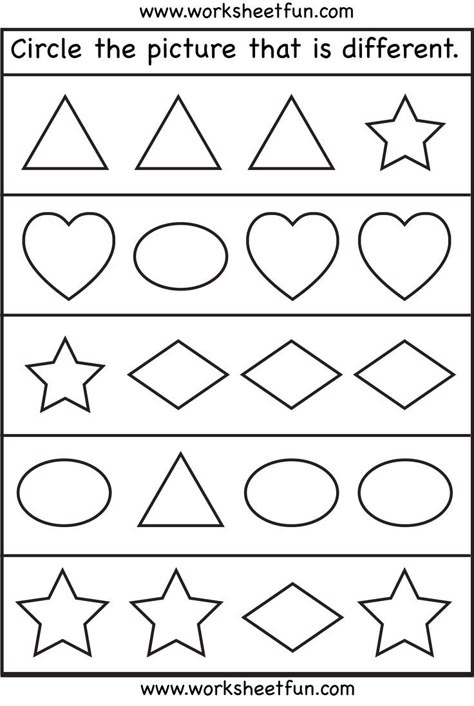
Color is one of the complex characteristics of an object for children's perception. The perception of color differs from the perception of shape and size, primarily in that it can only be carried out with the help of visual orientation. In other words, the color must be seen. Form is a constant and more understandable concept. For example, the ball is always round, but it can be red, blue, green, and so on. Therefore, only having accumulated life experience, the child learns that the hare is only white or gray, and not blue. That is, it perceives color as a constant characteristic of an object. If assimilation occurs spontaneously, without the reasonable guidance of an adult, then it turns out to be mostly superficial and incomplete.
At present, there is no system in the work on the formation of color perception in preschool children, but they rely only on certain methodological techniques.
The teachers of a preschool institution have an important task: to introduce the child into the world of color, to teach him the correct color perception and color discrimination.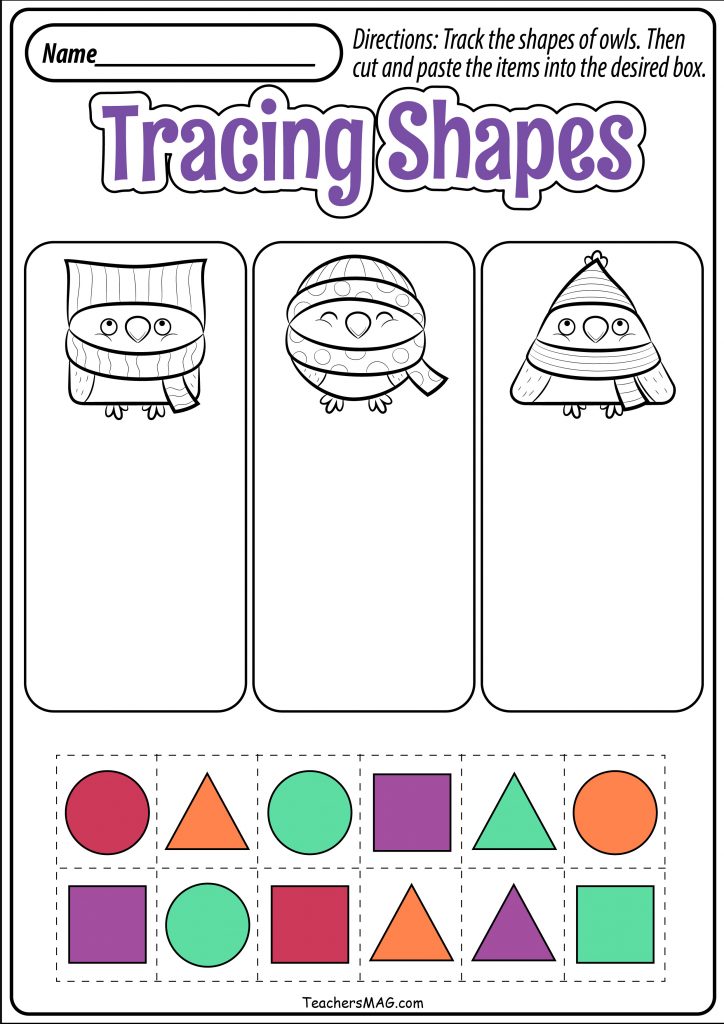 It is in the children's institution that daily and painstaking work on this topic begins.
It is in the children's institution that daily and painstaking work on this topic begins.
Many scientists, teachers, psychologists paid serious attention to the peculiarity of children's perception of color.
One of the first researchers of fine arts in the 19th century, the German psychologist E. Meiman, on the basis of experiments, noted that the reasons for the lack of ability or low talent for drawing are the lack of correct vision (inability to analyze vision, lack of vision of colors, lack of distinct ideas and visual images and etc.).
M. M. Manaseina, Doctor of Medical Sciences, psychologist and teacher, showed particular interest in this topic. Based on the teachings of I. M. Sechenov, she developed her own concept of "Intellectuality of human sensations." "Children do nothing during the first years of life, which exercise their senses." She assigned an important role to the development of "color vision". Based on the observations of B. Preir and her own, M.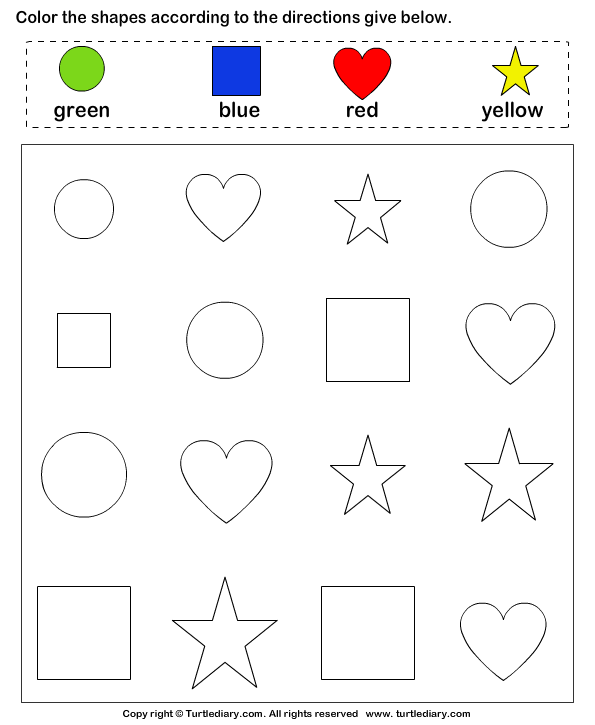 Manaseina proves that babies do not immediately acquire the ability to distinguish colors.
Manaseina proves that babies do not immediately acquire the ability to distinguish colors.
The child needs a variety of information, but it must be introduced gradually and harmoniously. It should correspond to the age of the baby and his personality.
Considering the results of research by scientists M. Luscher, M. M. Manaseina, T. S. Doronova on this topic, the results of our diagnostics, we set ourselves the following tasks:
1. Create a specially organized subject-developing environment:
- Corner of didactic games;
- Corner of visual activity;
- Corner of physical development;
- Corner of musical development;
- A selection of children's fiction;
- Creation of collections;
- Creation of a corner of creativity;
- A selection of reproductions of paintings by artists.
2. Develop forward planning:
- Specially organized training;
- Joint activities with children;
- Independent activity of children;
- Joint activities with parents.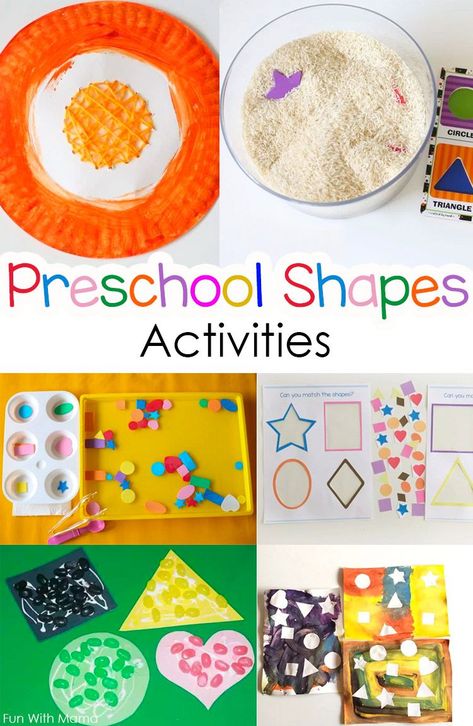
In today's kindergarten, it is difficult to do without the support of parents. Therefore, all the work was arranged in such a way that parents turned out to be direct participants, active assistants in creating a developing environment for the education and development of children.
Parent meetings and consultations for parents were held. Where they talked about the work to familiarize children with color, about the importance of the timely formation of sensory standards, about creating conditions, i.e. the developing environment in the group for this, the importance of color perception and color discrimination in the life of a child, about what work should be done in the family in this direction. If you do not specifically deal with a three-year-old child, he will not “see” such an object as a color on his own.
There was a lot of work ahead and, of course, the parents took it more than wary. A very important point was to build joint work with parents in this direction.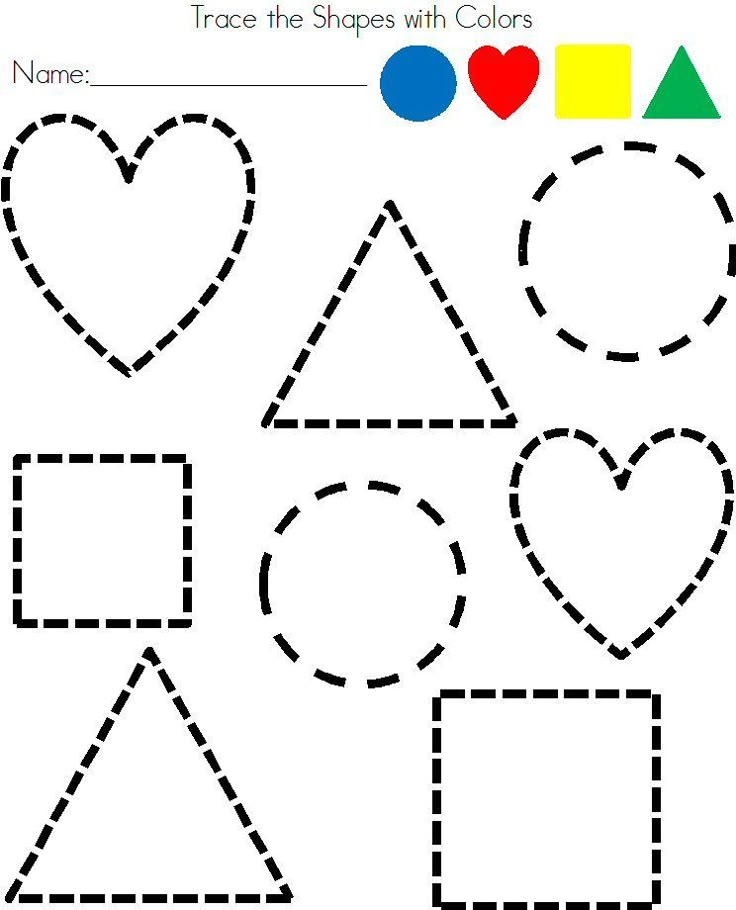
We started with creating comfortable conditions for the stay and development of the child in the group: the group room and other premises of the group were redecorated. Together with the parents, a successful color solution for the room and interior was found. Preference was given to delicate pink and rich beige colors. According to their own drawings, play furniture was made, curtains were sewn.
After creating a cozy atmosphere in the group, we saturate the environment with toys and objects of intense color, and proceeded to acquire and produce didactic material.
When making games, we paid special attention to the quality of the material made: the purity of the color tone. They tried to make and select didactic material, taking into account the complexity of developing tasks “from simple to complex”. The work was carried out in stages, always taking into account the individual characteristics of the children.
Previously, children were taught to distinguish the color of objects without associating ideas about color with its name.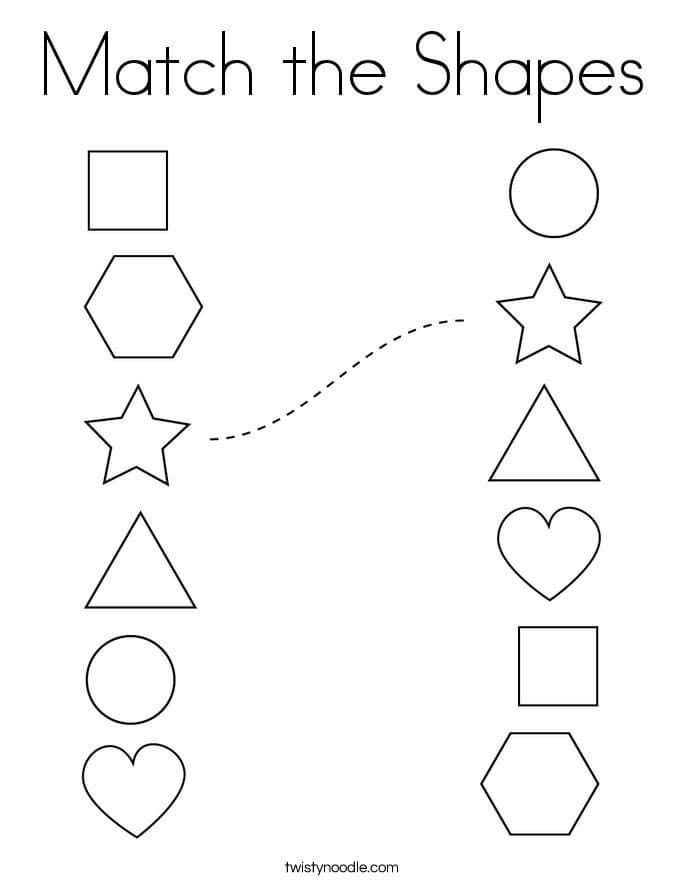
At this stage, tasks were used to teach the choice of color according to the sample based on visual correlation. As necessary, the identity of objects was checked by color by the method of their application, using didactic material: colored mushrooms, balls, balls, ribbons, leaflets, etc.
At the moment, another task was to give the children the concept that color is one of the characteristics of the object.
Taking into account the peculiarities of children's perception of color, at first they introduced children to chromatic colors (red, blue, green, yellow), later - to achromatic colors (white, black).
When the children began to cope with the grouping of objects by color, didactic games appeared in the group: “Colored Dominoes”, “Colored Lotto”, “Colored Stripes”, etc. The children learned the simplest mental operations: compare, match colors. Children were especially interested in games with a plot content: “Pick up a ball for a clown”, “Hide a mouse”, “Give beads to a doll”, “Put a bouquet in a vase”, etc.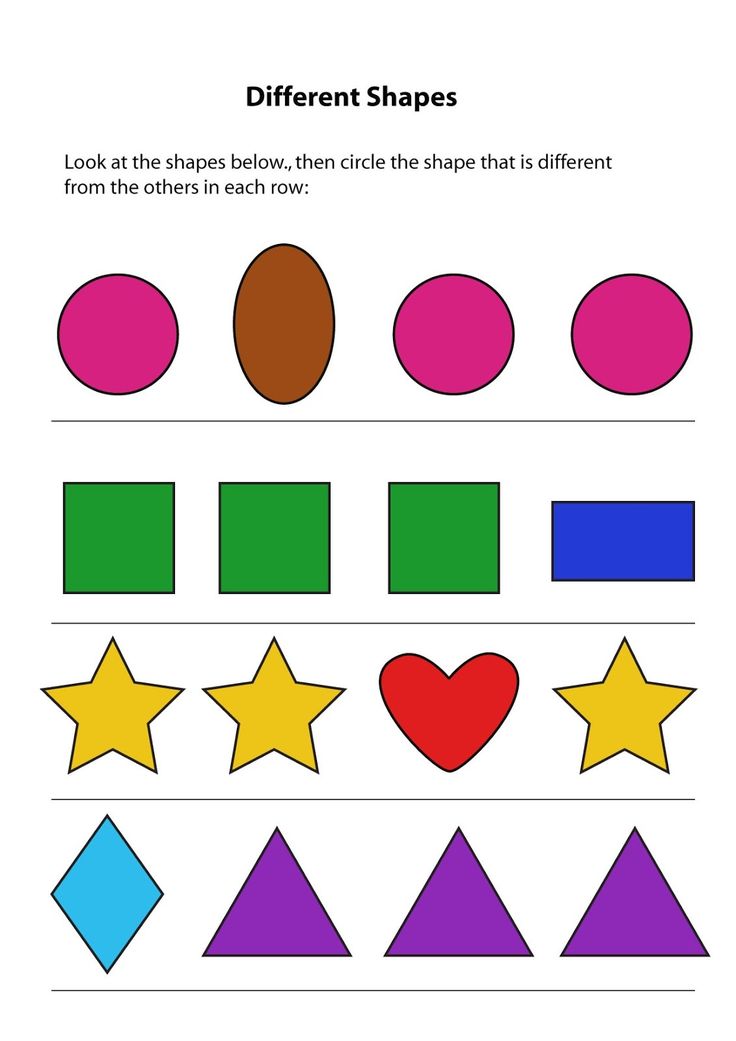
The purpose of these games is to teach to generalize objects by plot or color.
Next was work on fixing the name of the color. A number of games have been made to solve this problem.
By the age of four, children begin to distinguish lightness, expressing these relationships with the words: “dark”, “light”.
Engaging in productive activities, this is a visual activity (drawing, modeling), experimental activity, made it possible to acquaint children with the variability of color tones in lightness and, of course, with the names of shades. The guys memorized the names of the colors of the spectrum and especially their shades better if they obtained these shades on their own by experimenting or simply mixing colors.
Continuing the work on acquaintance with color, they used the theory of the Swiss professor Karen Schulz, who noted the relationship of the days of the week with color.
Researchers note that children aged 5-7 show interest in works of art and are able to perceive not only the content, but also the means of expression.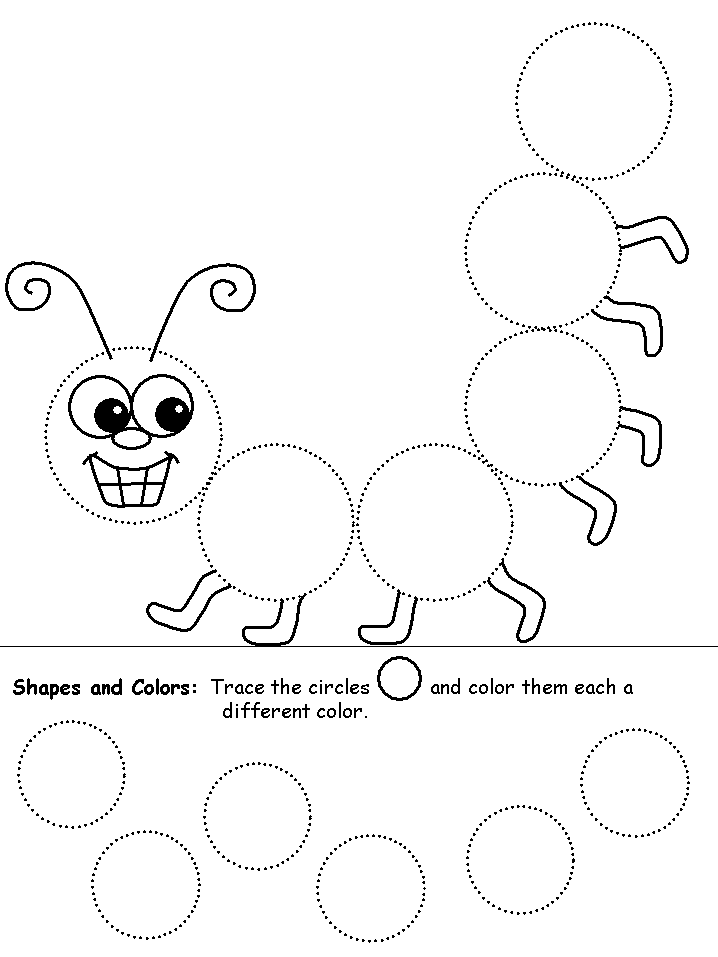
Introducing six-year-old children to the works of famous artists, they taught them to understand that color plays one of the main roles in the picture. The mood of the picture, its emotional impact depends on the choice of color. The color of the canvas can be joyful and sad, calm and disturbing, mysterious and clear. Color is the foundation of fine art.
Children began to use color more consciously. Depicting various color shades of objects, they tried to convey some expressiveness of the image, the mood of the characters in their drawings. They boldly used color combinations, the color of the background in the work began to have an important semantic function.
We have developed a number of games for the development of color perception and color discrimination for older preschoolers in an electronic version for use in interactive learning (using an interactive whiteboard, laptop, tablet).
The use of non-traditional techniques and materials in productive and joint activities contributed to the expansion of children's own artistic and creative activities, increased color saturation of children's works, correct compositional construction, enrichment of the plot, and an increase in the level of development of a holistic and differentiated aesthetic perception.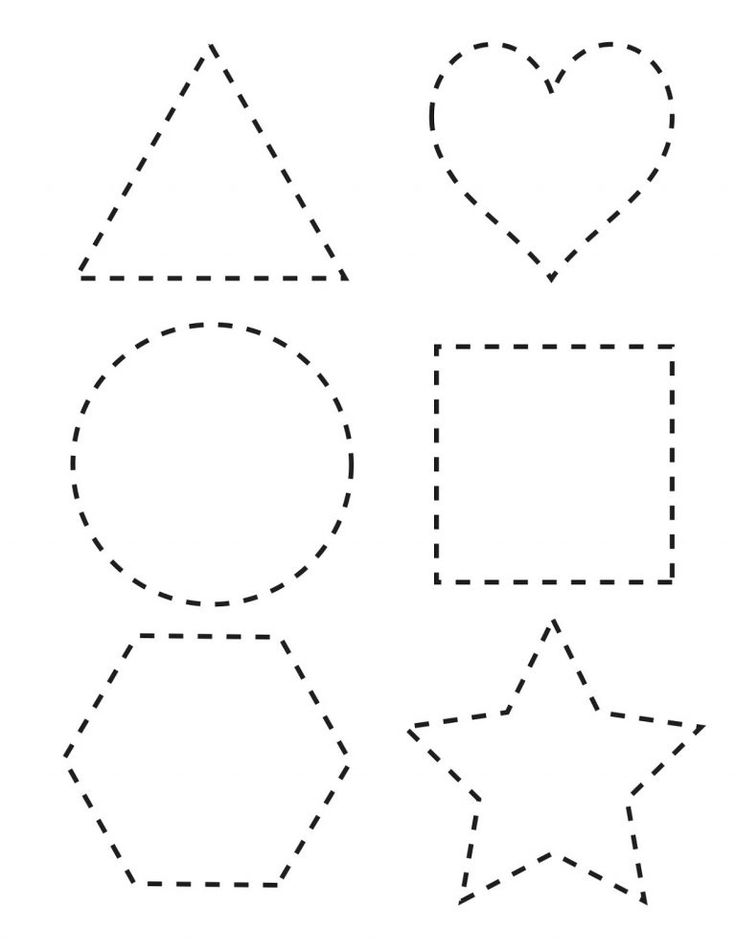 Children began to invest in creativity all their knowledge and observations.
Children began to invest in creativity all their knowledge and observations.
An interesting find in the group was the creation of a creative corner and the design of the “wall of creativity”. Where thematic exhibitions of children's works were placed: drawings or crafts, interesting joint works of parents and children, children and educators. They arranged personal exhibitions of works by individual children or the whole family.
Parents were active participants not only in group exhibitions of creative works, but also in city and all-Russian ones. And deservedly were their prize-winners or winners.
The relevance of the chosen topic lies in the fact that we encounter color not only in certain activities, but our whole life is filled with color. This includes the nature around us, household items, art, interior design, clothing, etc.
Being engaged in design activities, we also cannot do without color compositions, fantasies. So, for example, while working on the project “Garden on the Windowsill”, together with their parents they designed a bright colorful book “Family Recipes”, where each family shared their recipe for vegetable salad.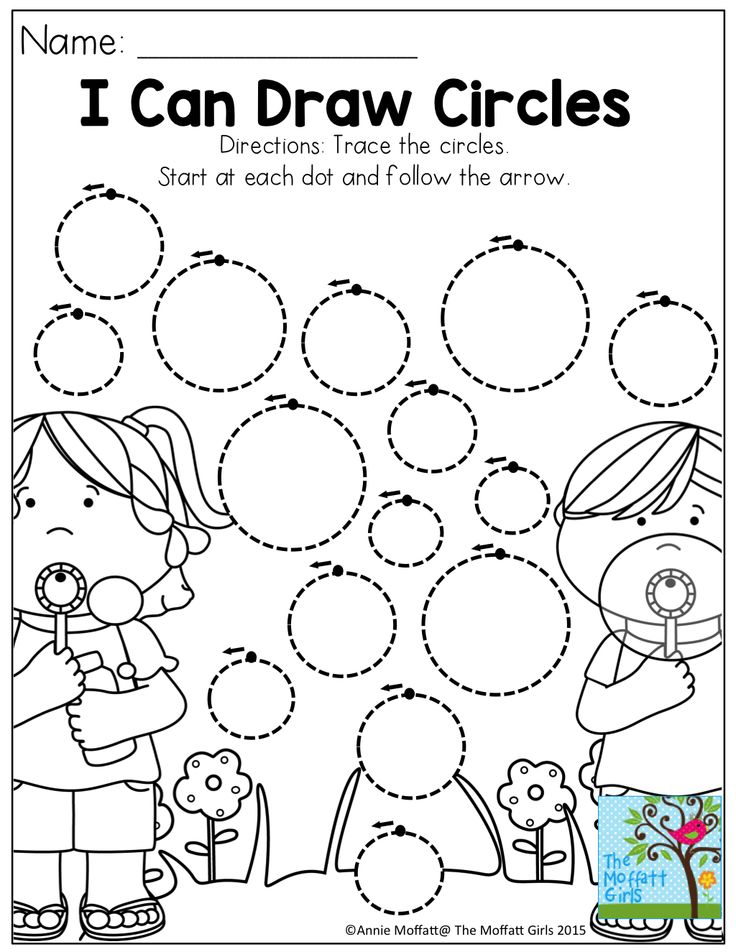 The book was illustrated with vivid photographs of dishes prepared and decorated with children.
The book was illustrated with vivid photographs of dishes prepared and decorated with children.
In another project, "Amazing - Nearby," children were introduced to the work of our pupil's grandmother, Svetlana Gonsalves. She writes stories. Some of them have already been published. We were active readers. Princess Elvira is the heroine of these tales. Elvira became close to the guys, who began to perceive her as their friend and peer. Based on the illustrations of these fairy tales, we made bright games - puzzles. With the children at the thematic lesson, they made dresses for the princess. We designed a book for Elvira, in which they told the heroine about their kindergarten.
Interestingly, a hairstyle contest was held within the framework of this project. Again, each family offered their own hairstyle for the princess. Each girl felt like a little princess: in a smart dress and a beautiful hairstyle. It was a celebration of colors, fantasy, elegance.
Having created conditions for the children in the group, the parents took up the design of the playground.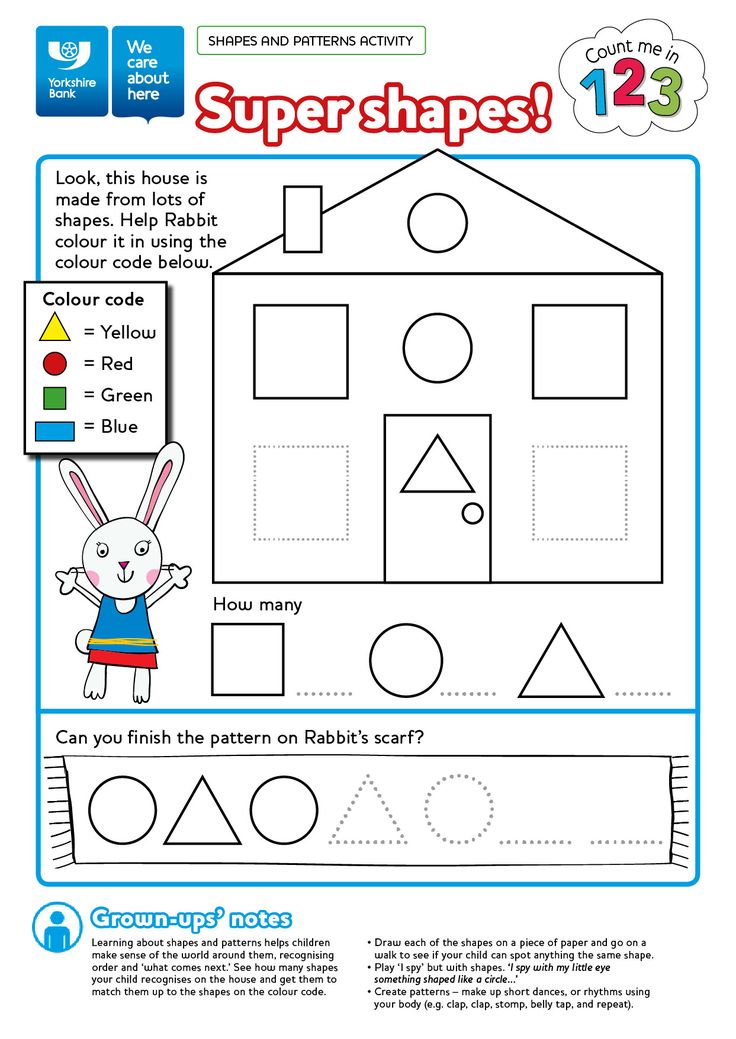 With their own hands they made a bright comfortable sandbox, a racing car, a swing. Amazing creativity was shown in the design of flower beds in the form of a train with trailers. The locomotive became not only an attribute of the flower bed, but was also used in collective games.
With their own hands they made a bright comfortable sandbox, a racing car, a swing. Amazing creativity was shown in the design of flower beds in the form of a train with trailers. The locomotive became not only an attribute of the flower bed, but was also used in collective games.
Bright flower beds delighted children and adults, gave everyone aesthetic pleasure, opened the world of unique colors of the surrounding nature to children, taught them to work, were an example of the synthesis of diligence, creativity and beauty of the range of colors and their shades for children.
As a result of the work carried out, the following conclusions can be drawn:
- children have acquired stable knowledge on the topic;
- expanded and deepened the perception of colors;
- learned to use color and its shades confidently;
- mastered the skills of experimentation;
- pupils have become more observant;
- the level of cognitive abilities has increased;
- enriched speech;
- received a positive impact on the emotional sphere, the development of creativity, fantasy, artistic taste.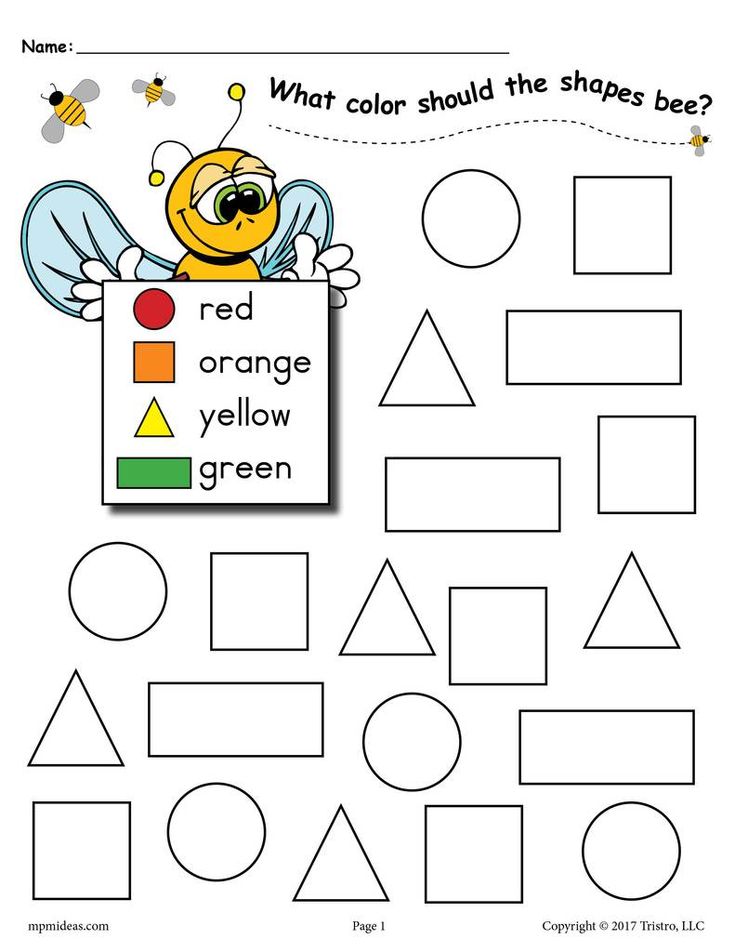
Literature:
- Formation of color perception in preschoolers / Ed. A. V. Zaporozhets and L. A. Venger. - M.: Enlightenment, 1969. - 196 p.
- Education of sensory culture of a child from birth to 6 years: Book. For a kindergarten teacher. / L. A. Wenger, E. G. Pilyugina, N. B. Wenger. Ed. L. A. Venger. - M.: Enlightenment, 1988. - 144 p.
- Sakulina N.P. Drawing in preschool childhood. /N. P. Sakulina, M., Education, 1975.
- Vygotsky L.S. Psychology of art. /L. S. Vygotsky, Moscow, 1968.
- Komarova T. S., Razmyslova A. V. Color in children's fine arts of preschoolers. - M.: Pedagogical Society of Russia, 2005. - 144 p.
- Komarova T.S. Pedagogical diagnostics of the development of children under admission to school. /T. S. Komarova, O.A. Solomennikova, Yaroslavl, 2006.
- Kazakova T. G. Development of creativity in children. M.: Enlightenment, 1987. - 227 p.
- Sensory education in kindergarten (Guidelines) / Ed.
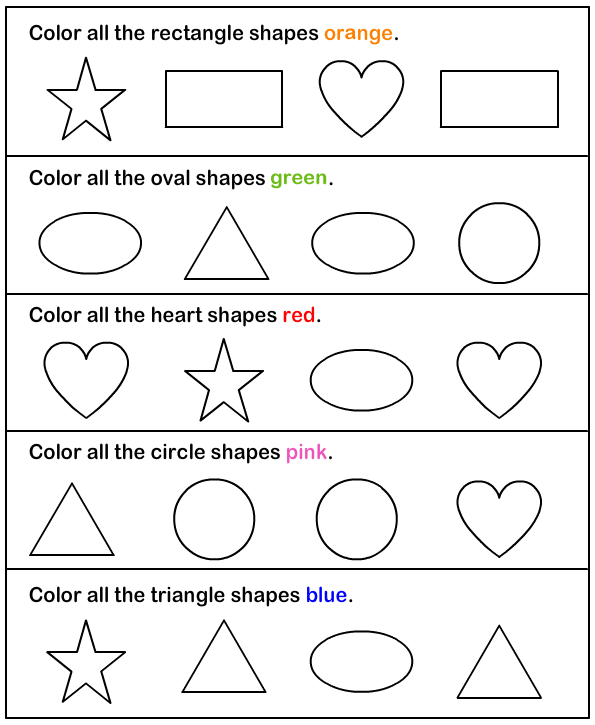
Learn more

